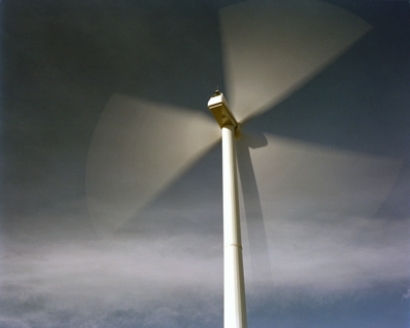
The researchers say there is abundant wind energy at high altitudes which could be harnessed.
“We are very enthusiastic about taking this work forward,” says Udaya Gunturu, who studies atmospheric processes at KAUST.
Researchers and energy companies have recently begun to look upwards and explore the possibilities of the strong and reliable winds at high altitudes due. Flying a wind turbine on a kite—with the electricity being delivered to the ground through its tether—may seem an unlikely scenario, but several companies are already testing prototype systems.
These developments attracted the attention of the Saudi Basic Industries Corporation (SABIC), which funded the KAUST research to explore the opportunities in the Middle East. The project made an excellent PhD topic for student Andrew Yip, first author of the research paper.
The team used information available from NASA on wind strengths at different altitudes. They processed this raw data to identify the most favorable areas for airborne wind-energy systems, and the optimal heights at which the turbines would need to fly. They also factored in daily and seasonal variations.
"Optimal altitudes for the turbines vary by region and with time of year and time of day," says Yip. "In general, the abundance of the airborne wind-energy resources increases with altitude."
They concluded that the most favorable regions for high-altitude wind energy in the Middle East are over parts of Saudi Arabia and Oman. Their next step will be to increase the resolution of their study.

